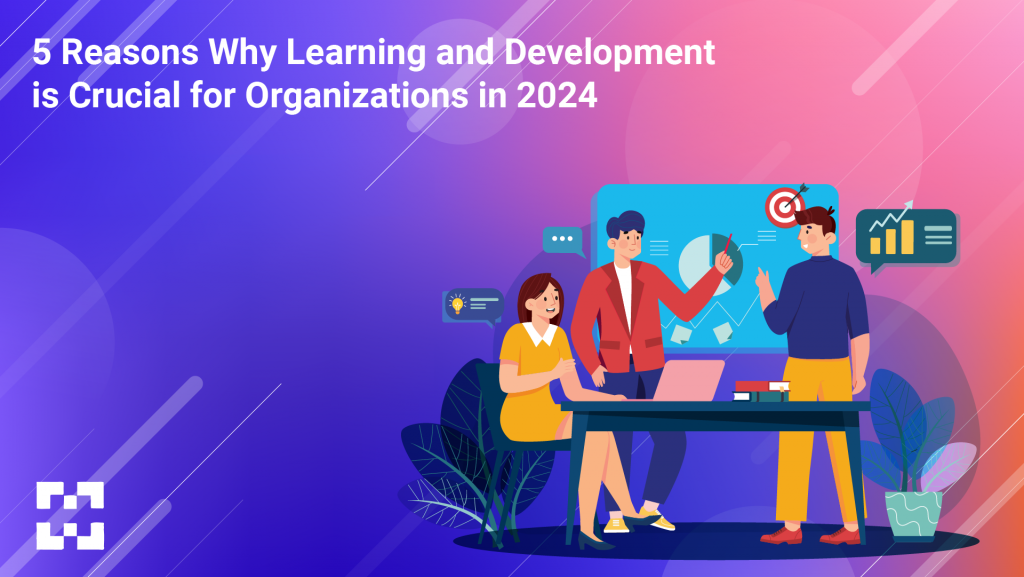
In the competitive landscape of today’s business world, organizations are constantly seeking ways to gain an edge. One crucial strategy that has emerged as a cornerstone for success is investing in learning and development (L&D) initiatives. As we dive into the importance of L&D, we’ll explore why organizations are prioritizing it more than ever in 2024.
What is Learning and Development?
Learning and development, often referred to as training and development, is an integral part of HR within organizations. The primary objective of L&D is to align employee goals and performance with the organization’s objectives. This involves identifying skill gaps among employees, designing training programs to address these gaps, and ensuring continuous learning and improvement.
Why is Learning and Development So Important?
Meeting Employee Expectations: In today’s workforce, employees prioritize opportunities for learning and growth. With millennials comprising a significant portion of the workforce, offering robust L&D programs is crucial for attracting and retaining top talent. By investing in employee development, organizations demonstrate their commitment to fostering career growth and advancement opportunities.
Cost-Effective Employee Retention: Employee turnover can incur significant costs for organizations. By investing in learning and development, organizations can enhance employee engagement and satisfaction, leading to higher retention rates. Studies have shown that employees are more likely to stay with companies that invest in their development, resulting in cost savings associated with recruitment and training of new hires.
Enhanced Productivity and Profitability: Well-trained employees are more productive and contribute to organizational success. By providing employees with the necessary skills and knowledge to excel in their roles, organizations can drive efficiency and profitability. Research has shown that companies with robust L&D programs report higher profits and increased productivity, highlighting the direct correlation between employee development and organizational success.
Risk Mitigation and Compliance: L&D programs extend beyond skill development to include compliance training and workplace safety initiatives. By ensuring employees are well-versed in industry regulations and ethical standards, organizations can mitigate risks and maintain a safe and inclusive work environment. Effective ethics training programs can also help minimize the risk of legal issues and lawsuits, protecting the organization’s reputation and integrity.
Improved Customer Satisfaction: Knowledgeable and well-trained employees play a crucial role in delivering exceptional customer service. By empowering employees with the skills and expertise to address customer needs effectively, organizations can enhance customer satisfaction and loyalty. Studies have shown that companies with strong L&D programs experience higher levels of customer satisfaction, underscoring the importance of employee training in delivering superior customer experiences.
Implementing Learning and Development Initiatives:
Now that we understand the significance of learning and development, it’s essential to take proactive steps to integrate L&D into organizational culture. Start by assessing skill gaps and identifying areas for improvement. Develop tailored training programs that align with organizational goals and employee needs. Leverage technology and resources to facilitate learning and ensure continuous improvement.
Remember, investing in employee development is an investment in the future success of your organization. By prioritizing learning and development initiatives, organizations can cultivate a skilled and motivated workforce capable of driving innovation, productivity, and growth.





